Turin (Torino in Italian), a prosperous city on the Po River in northwestern Italy, isn’t considered flamboyant, but it’s lively. Italy’s first capital has so many intriguing museums, churches, palaces, arcades, wine bars, and cafes you can stay for months and scarcely scratch the surface. Here are my Top Ten Turin Tourist Attractions, (not in order of importance; that depends upon your own priorities.)
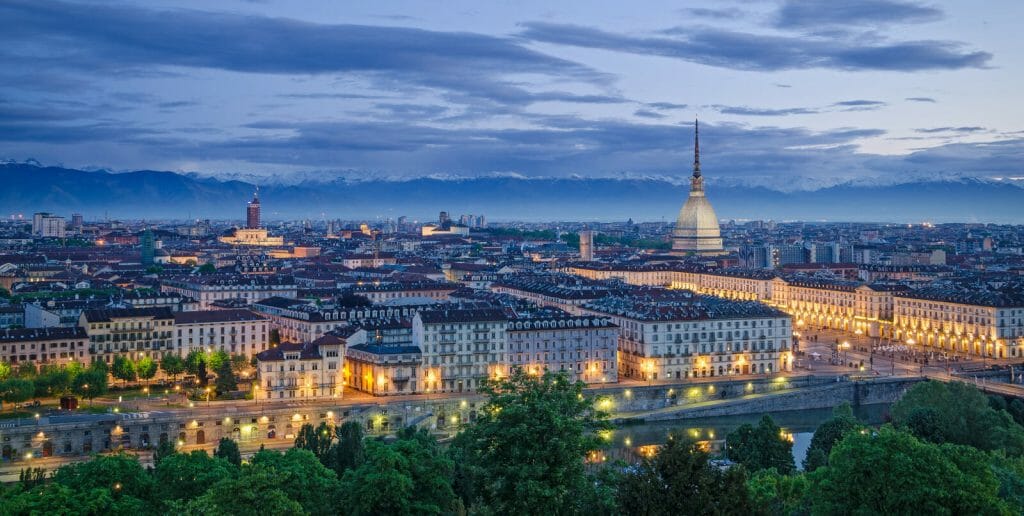
1. Mole Antonelliana
The city’s symbol, a huge dome with columns and a tall spire, is the highest building in the region and one of the strangest. Originally intended to be a synagogue, it went through various permutations and finally became the National Museum of Film, dedicated to film and its history.
Mole Antonelliana’s huge, darkened interior holds a sea of red lounge chairs where viewers can watch film clips playing in various alcoves. Movie memorabilia is on display throughout the hall, and in the center, a translucent elevator speeds visitors to the top, where there’s a spectacular view of the city, the River Po, and, on a clear day, the Alps on the horizon

2. Museo Egizio
Turin’s collection of Egyptian antiquities, in the Palazzo della Accademia delle Scienze, is second only to Cairo’s. Starting under the Savoy rulers, Italian archeologists gathered artifacts for years, and their effort resulted in an incredible collection of mummies, urns, statues, photographs and relics.
The contents of tombs, including miniature replicas of servants, animals, boats, and perfume jars, are shown, all with explanations in Italian and English. One impressive exhibit is the ancient Temple of El-Elessiya, brought to Turin in the 1960s when the Aswan Dam was constructed. As this museum is so exquisite, I recommend you do a guided tour. It will really bring the exhibits to life.
3. Galleria Sabauda
Also in the Palazzo della Accademia delle Scienze, this museum holds an outstanding array of paintings by European masters. A few: Rembrandt, Jan van Eyck, Botticelli, Tiepolo, Giovanni Bellini, Titian, Tintoretto, and Pieter Paul Rubens.
4. Palazzo Madama
The grand palace on the city’s main square, Piazza Castello, got its name because two royal ladies lived here. The building has an unusual appearance, combining parts of the ancient Roman gate with medieval and Baroque styles.
For a time it was a guest house of the ruling Savoy family, but in 1637, Christine Marie of France, regent for Duke Charles II Emmanuel, chose it as her personal domain. Major remodeling ensued, apparently to the liking of another aristocrat, Maria Giovanna Baptista di Savoia-Nemours, who took over 60 years later.
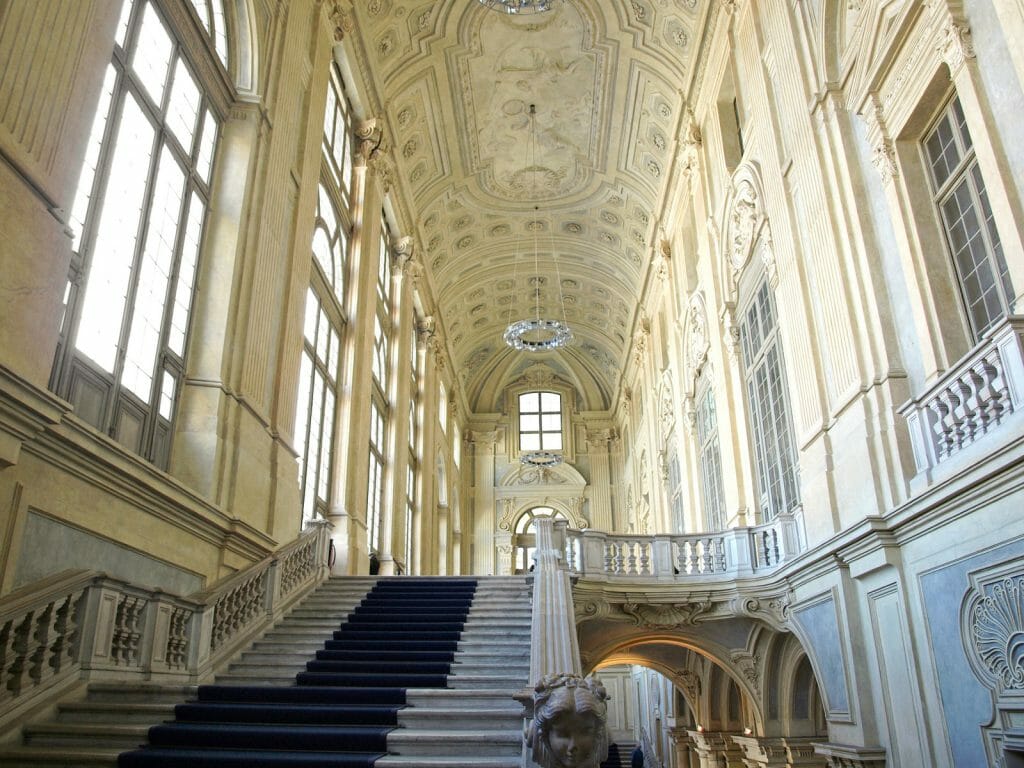
Nobody lives there now; it’s the Civic Museum of Ancient Art. Behind the facade, a stately staircase rises to rooms of sculptures, paintings, ceramics, and rare masterworks such as “Portrait of an Unknown Man,” by the 15th century artist Antonella da Messina. One display shows part of the famous and fabulous illuminated manuscripts of “Tres Belles Heures de Notre Dame.”
5. Palazzo Reale
Near Palazzo Madama, on Piazza Castello, is a palace that was once the home of royalty, including the first king of unified Italy, Vittorio Emmanuele II. Guided tours take visitors every half hour through sumptuously decorated rooms with rich fabrics, ornate ceilings and chandeliers, and inlaid floors. This is how the 0.01% of the time lived.
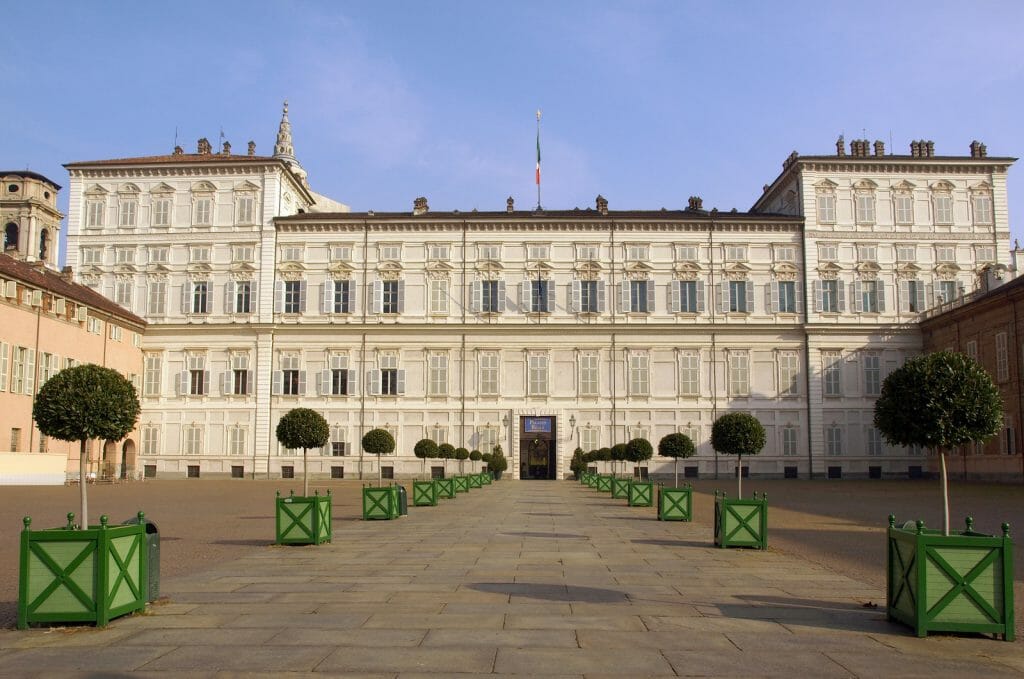
6. Pedestrian Arcades
Tired of palaces? One of Turin’s greatest charms is its appeal to walkers. Miles of curved, open arcades shelter sidewalks and inviting shops, bookstalls and charming cafes.
Via Po is a good example. Via Garibaldi is Europe’s longest pedestrian-only street, and most historic sites are within easy walking distance. (A pleasant green stroll, not in the arcades, is along the River Po through Parco del Valentino, the main city park.)
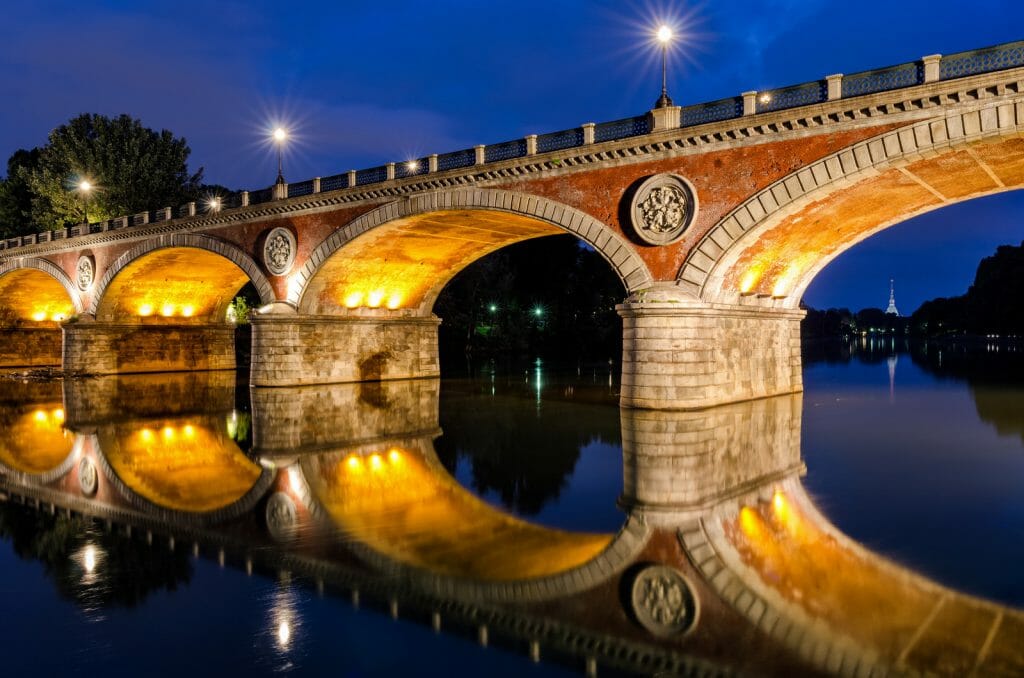
7. Cafes and Chocolate
Baroque cafes, the kind with red velvet seats, glass chandeliers, and wrought-iron railings, abound in Turin. Caffe San Carlo and Caffe Torino, both on Piazza San Carlo, are the best known.
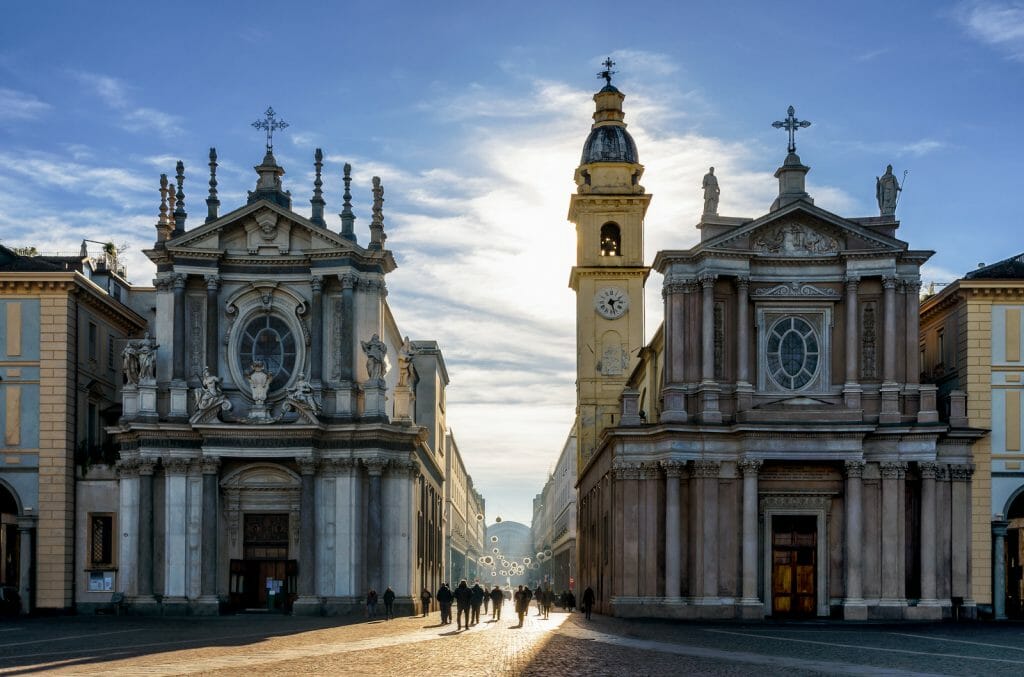
The city is also renowned for the chocolate candies and drinks produced and sold here; the classic is granduiotto, a delectable mixture of chocolate and hazelnuts. To explore the food scene of Turin, you can join a food and wine walking tour to show you the best places and the most traditional dishes.
8. Santuario Basilica La Consolata
In a city full of gorgeous churches and monuments, La Consolata stands out as jaw-dropping splendid. Designed in the 17th century, it combines Baroque and Italian Rococo styles. The high altar is lavish with silver, marble, and gilt, and on one side stands a lovely silver Madonna and Child. This figure is paraded through town every June in recognition of the Virgin’s protection of the city.
Most moving to me is a wall that holds a huge ex-voto collection. These are drawings made by people praying for help or giving thanks for a miracle, whether it’s a motorcycle accident, an overturned tractor, a hospital scene, a battlefield or any other misery.
9. Duomo di San Giovanni
The major church of Turin, dedicated to Saint John the Baptist, was built in the late 15th century on the site of an ancient Roman theater. It’s the city’s only surviving Renaissance building, but its major claim to fame is the world-renowned Shroud of Turin.

The linen cloth said to be the shroud that held the body of Jesus, is kept in the Chapel of the Holy Shroud and is displayed rarely. However, a replica, along with information about its history, mythology, and scientific research, can be seen at the Museo della Sindone (Museum of the Shroud) on Via San Domenico. Whatever your religious beliefs, it’s fascinating.
10. Museum of the Automobile
Since Turin is the home of Fiat, the giant car company, it’s only fitting that a museum dedicated to the automobile is located here. It’s easily accessible, though not in the heart of the city, and well worth a tour.
The recently rebuilt, contemporary complex has classic cars and exhibits explaining the origins and evolution of the automobile, from the steam engines of the 18th century to today’s creative models. The entire exhibition is set up to be interesting for all ages. There’s a cafe (of course) and a gift shop on the premises.
Bonus: Reggia Di Venaria Reale – Royal Palace
Reggia Di Venaria Reale, about 6 miles from the center of Turin, in northern Italy, is immense. This UNESCO World Heritage Site is said to be one of the five most visited cultural sites in Italy. Duke Carlo Emanuele II of Savoy started the whole thing in 1660 when he ordered a hunting lodge built in princely style; it was redone in the 18th century and completely restored in recent years.

Today the duke’s baroque palace, once a royal residence, is a cultural center and tourist attraction, one piece of a vast complex that includes formal gardens, cafes, bookshops, the former stables and hunting preserve, and the old town center of Venaria. Our tour wasn’t nearly long enough to take it all in, but what my husband John and I saw and learned from our guide Carol Bazzani was impressive.
Venaria Reale was a huge, 8-year restoration project, the largest in Europe, and opened to the public in 2007. The park alone is amazing, with its ponds and fountains, rose pergola, and flower and vegetable gardens. There are 17th-century grottoes, the remains of the Fountain of Hercules and the Temple of Diana, and a Grand Parterre. July is the time to be here for the big Venaria Reale Festival, but other special events and concerts are held almost daily, especially in summer months.
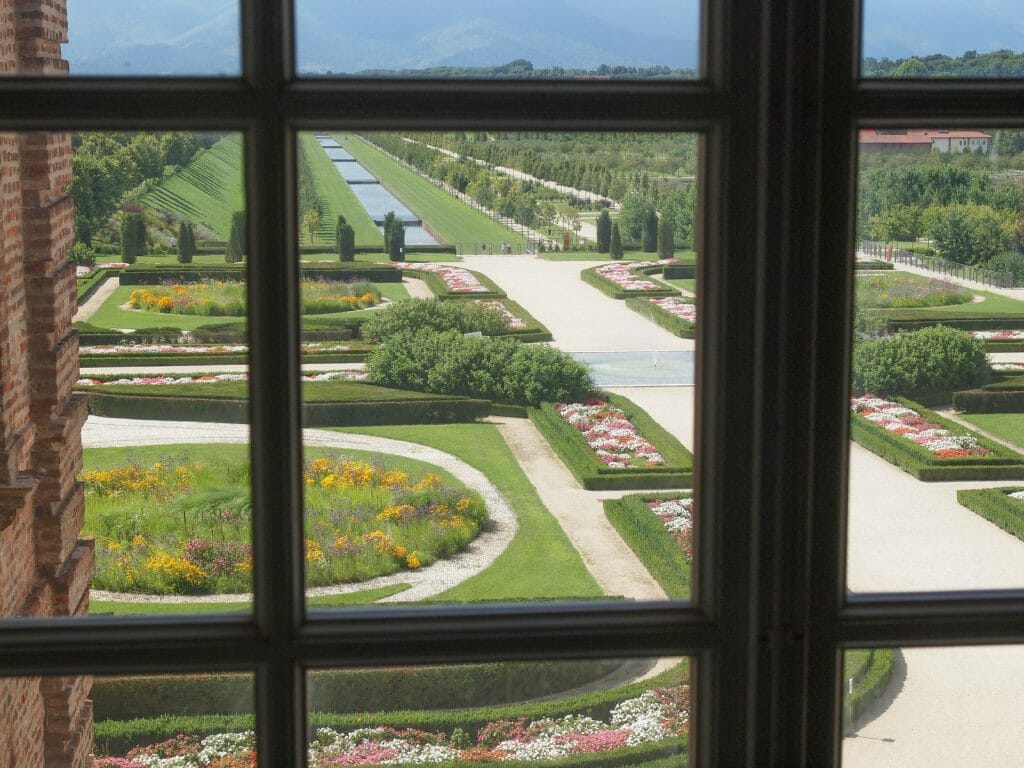
The palace is much more than a museum, though it has a wide array of art exhibitions and historical artifacts. A temporary and wonderfully artful display during our visit showed women’s fashions through history. Some rooms are dedicated to the architecture of the estate, and one permanent exhibition, which follows a long path from the basement level to the main floor, explains the complex history of the royal House of Savoy.
Galleries and halls are decorated with frescoes, paintings, and plasterwork. One room, with carved hunting scenes and rococo designs, is dedicated to Diana, goddess of the hunt and icon of the Duke of Savoy; and an on-site chapel honors St. Uberto, patron saint of hunters.
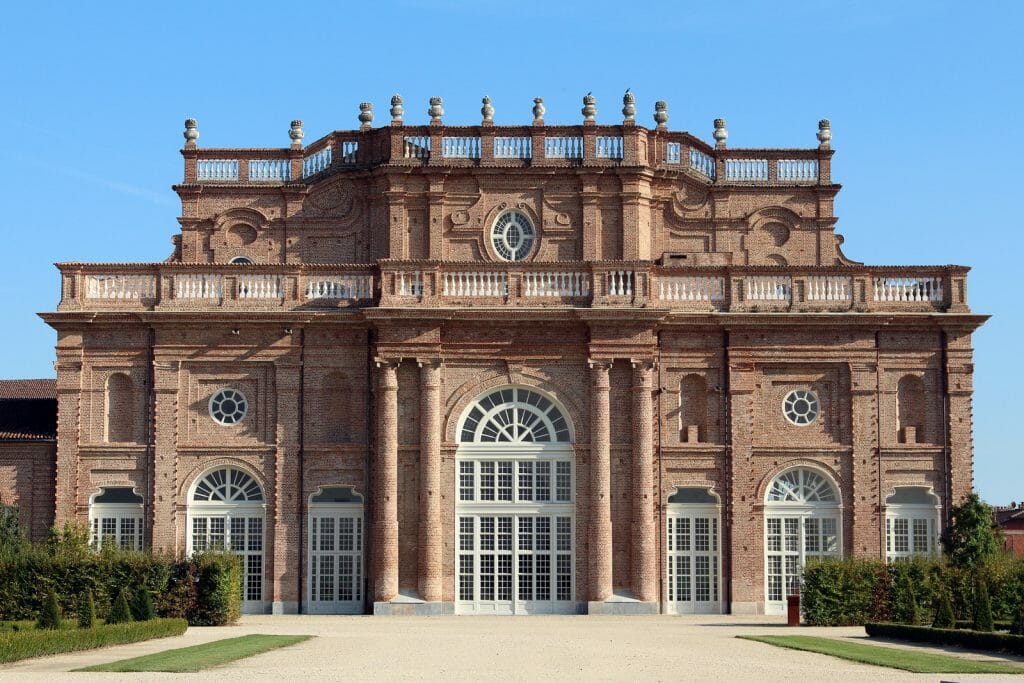
The size of La Venaria Reale makes it difficult to see in one visit. It’s very helpful to have a knowledgeable guide like Carol. The gardens are open Tuesday-Friday, 9:00 am-5:00 pm (longer hours in summer). The palace is open until 6:00 pm. There’s an admission fee for visitors over age 12. Audioguides are available, and there is handicapped access.
Public transportation from Turin includes bus lines 72 and 11 and the GTT Venaria Express Line. There are several good places to stay in or near Venaria Reale, and dozens of hotels in the city of Turin.
Turin has myriad attractions beyond this list. I love the Church of San Lorenzo for its elaborate interior and carved, windowed cupola. Palazzo Carignano is a great example of fine Baroque architecture, with its curving brickwork; inside is the National Museum of the Risorgimento, with the complete story of Italy’s unification in the late 19th century. Several museums of modern art offer outstanding and bold exhibitions.
Basilica di Superga is a hilltop church, an architectural masterpiece with a view – to get there you can ride a rack-rail up the hill to overlook the city, River Po, countryside, and the Alps. As for Turin’s food, drink and lodging – those deserve their own full description.
Best Things to do in Turin was written by and photos by Marilyn Mc Farlane for EuropeUpClose.com

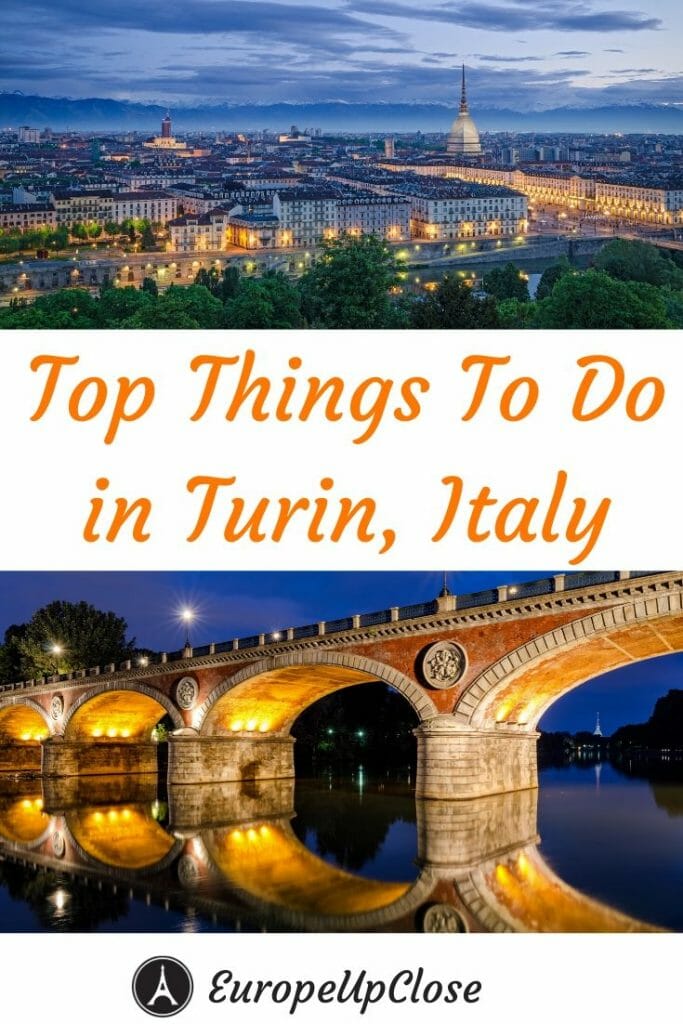
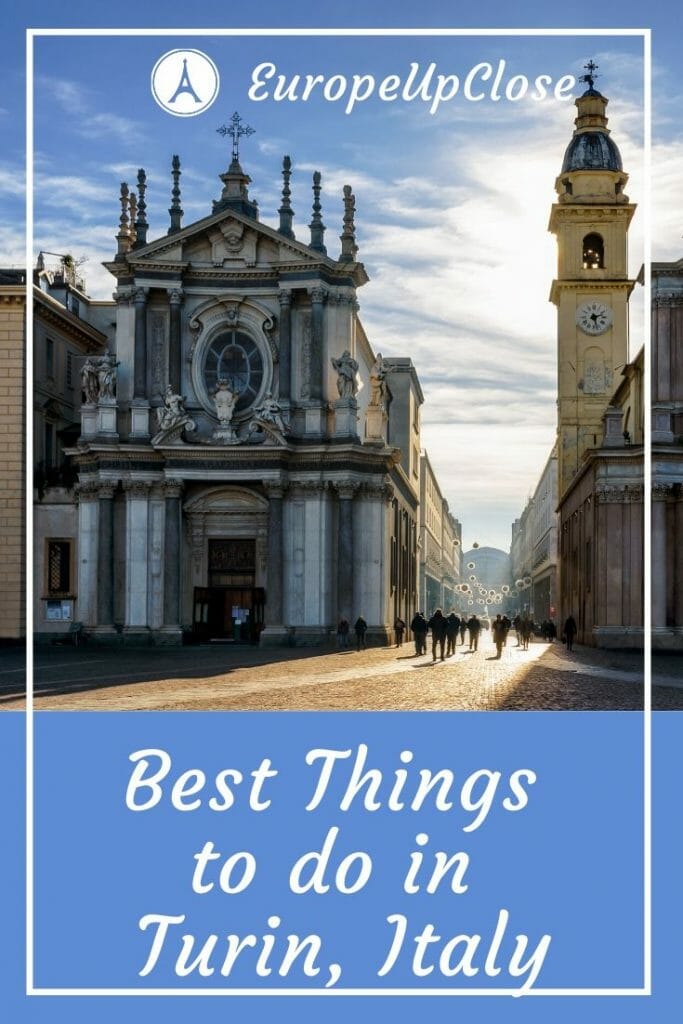
Marilyn McFarlane
Saturday 12th of November 2016
Thank you; I'm glad this was useful for your trip to northern Italy. It's a wonderful place.
Meagan Brown
Friday 21st of October 2016
Really informative blog about Italy. I had to read it all before I went for a holiday to Italy. I had amazing holidays in northern Italy! Especially the food and the alps were outstanding!
Hitesh Jain
Thursday 7th of April 2016
Nice Post! you should have a list of 1000 attractions because in Italy every single little village has something beautiful to show. Great choice of destinations! Italy really does have many delights on offer. My personal favourite is San Gimignano.
Take a Northern Italy Vacation | EuropeUpClose.com
Sunday 31st of March 2013
[...] lakes area, this part of Italy is still undiscovered by tourists. Until the 2006 Winter Olympics, Torino (Turin) was a sleeping beauty, but it has now awakened and has shown its beauty to the world. [...]